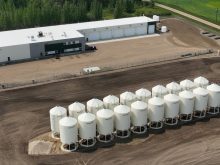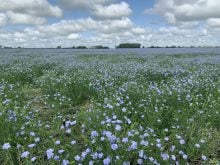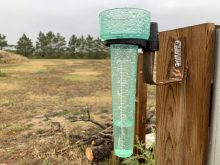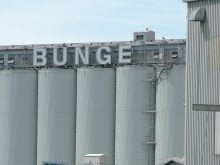Fusarium has become one of cereal growers’ biggest enemies.
However, it turns out fusarium also has an enemy – another fungus.
University of Saskatchewan researcher Vladimir Vujanovic said it’s never been a secret that the fungal pathogen has its own enemies, but many of them didn’t single out fusarium.
It was this non-selective approach that left them wanting as a farming tool.
Starting in 2003, Vujanovic began isolated a pathogen from Saskatchewan soil that preys only on fusarium.
Read Also
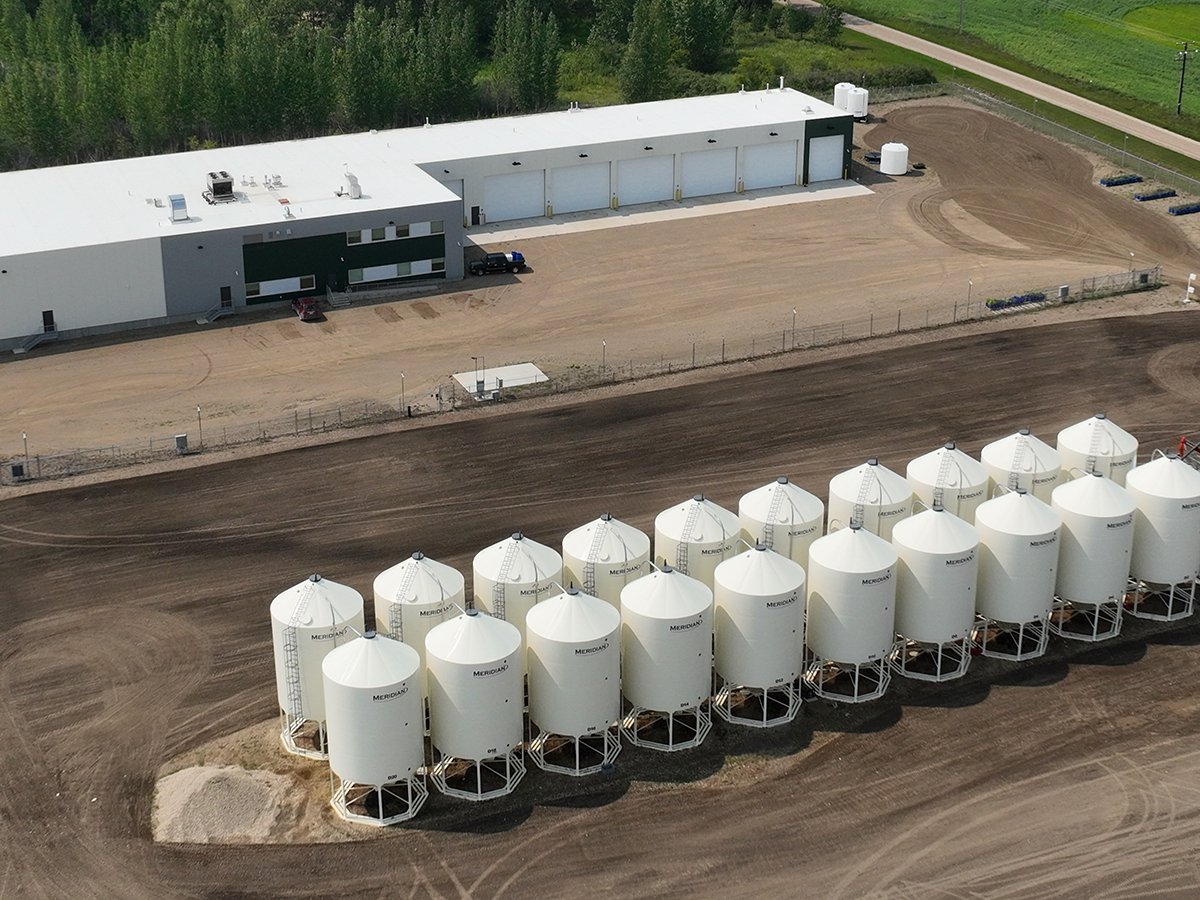
Saskatchewan firm aims to fix soil with compost pellets
In his business, Humaterra, Leon Pratchler is helping farmers maximize yields in the weakest areas of their fields through the use of a compost pellet.
“It is also present in Ontario, so it is endemic in Canada. That means it will be a very good candidate for commercial use here,” he said.
“It is specific to fusarium, but poly specific. It will not only target the fusarium we associate with FHB (head blight), but other fusariums that are a problem in other plants, including forestry nurseries.”
The newly discovered fungal species interferes with fusarium’s reproduction and can also limit the production of toxins that make fusarium head blight such a serious problem in agriculture.
Vujanovic is converting his research into a commercial product that can be licensed to chemical companies.
“We have had a lot of interest in this from companies and the university is working to get this licensed,” he said.
“It will have to go through trials with (the Pest Management Regulatory Agency) to prove its efficacy and safety, but I am very confident in the outcome.”
The U of S has patented the discovery.
Vujanovic is working to identify the genes responsible for reducing deoxynivalenol and vomitoxin accumulation in hopes they might be used to breed fusarium resistant varieties of grain and oilseeds.
“Fusarium is a worldwide (food) production problem,” he said.
“It costs the economy billions of dollars every year. A solution is a significant step in modern agriculture.”


